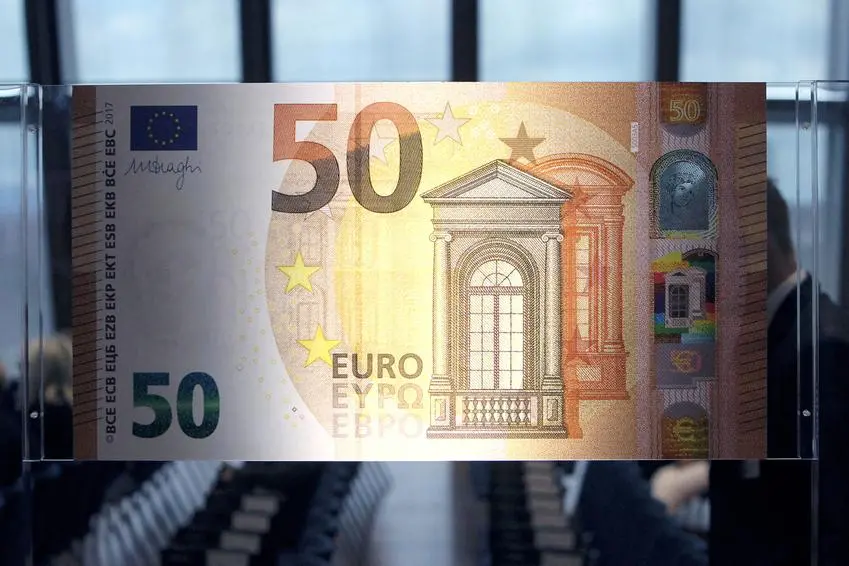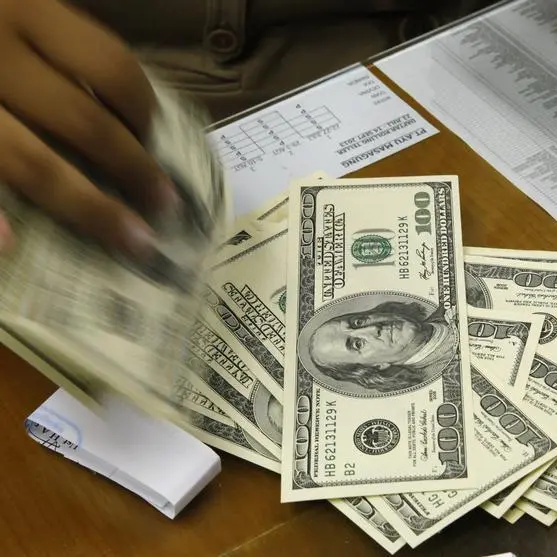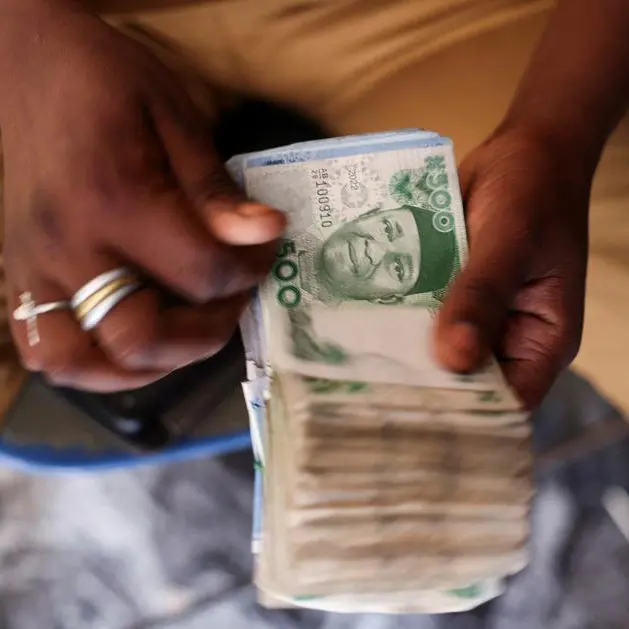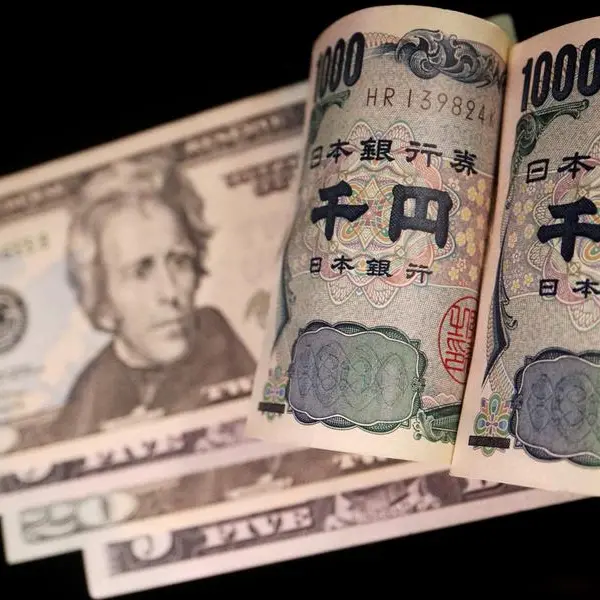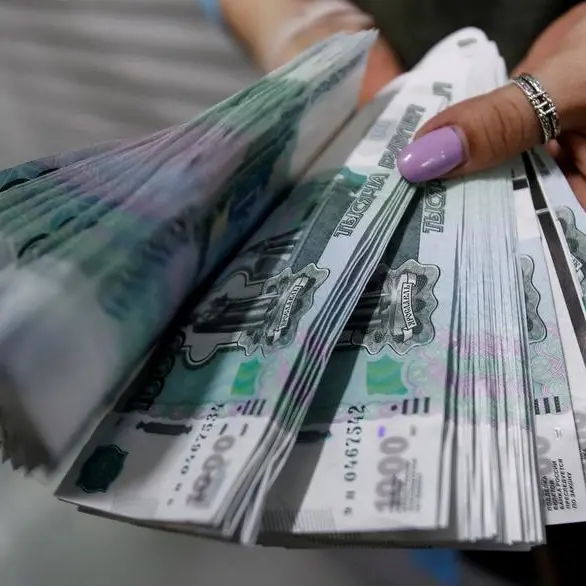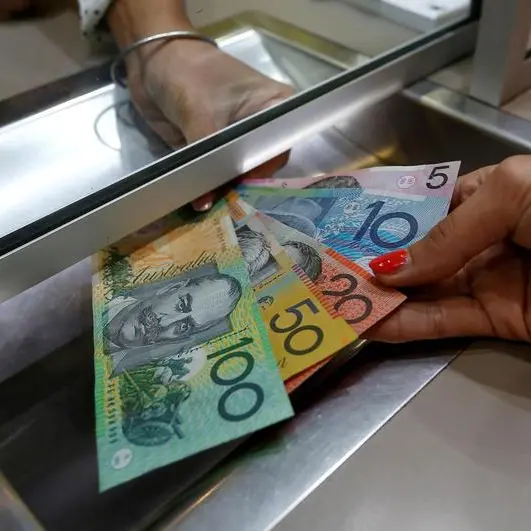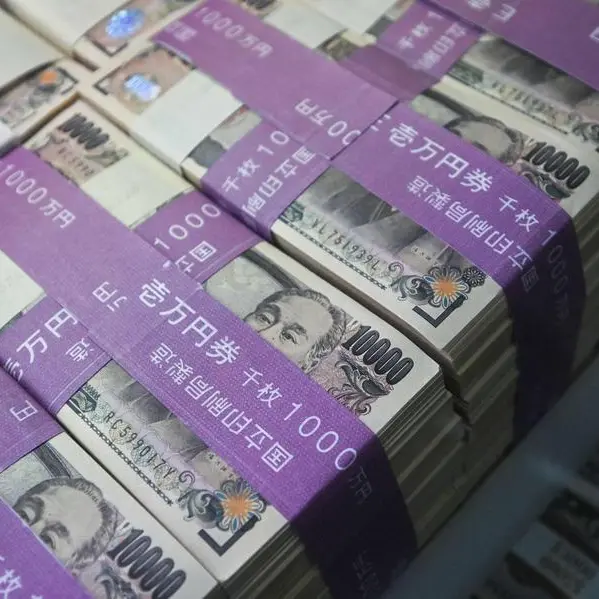PHOTO
SINGAPORE/LONDON - The euro on Thursday sat just above a six-week low against the U.S. dollar hit earlier in the week, ahead of a European Central Bank (ECB) meeting and U.S. GDP data that could offer investors indications of the path ahead for interest rates.
The common currency was last up 0.12% at $1.0899, not far from the $1.0822 touched on Tuesday, its lowest since mid-December.
Moves on Thursday morning were muted as traders have several events to react to later in the day.
First, the ECB announces its latest policy decision at 1315 GMT. While the central bank is expected to keep rates steady, the focus is on whether President Christine Lagarde deviates from expectations that she pushes back firmly against market bets on rate cuts as soon as April at her press conference.
Markets are pricing in 130 bps of cuts from the ECB this year.
"President Lagarde sent a clear message over the potential timing of the first ECB rate cut when she stated that they plan to cut rates in the summer. We expect this message to be repeated at today’s policy meeting," said Lee Hardman, senior FX analyst at MUFG, in a note to clients.
"It should mean that today’s ECB policy is more of a holding operation ... which is likely to have limited impact on the performance of the euro."
Fifteen minutes after the ECB rate decision is announced comes the first reading of fourth-quarter U.S. gross domestic product (GDP). Expectations are for 2% annualised growth, according to a Reuters poll, though estimates range between 0.8% and 2.8%.
Even at the top end of the range, it would be a marked slowing from 4.9% in the July-September quarter. It is still likely to show that the U.S. avoided a recession in 2023 and to reflect moderating inflation in the last quarter, stoking expectations of rate cuts sometime in the first half of 2024.
"The U.S. dollar has been beholden to the markets' perception of the Fed rate path, a dynamic I don't see changing in the near term," said Kieran Williams, head of Asia FX at InTouch Capital Markets.
The dollar index, which tracks the unit against six peers, is up about 2% this month as traders drastically scaled back bets on early and deep rate cuts by the Fed following pushback from central bankers and a slew of data that underscored the resiliency of the U.S. economy.
Markets are currently pricing in a 43% chance of a cut in March, the CME FedWatch tool shows, down from 88% a month ago. Traders are also pricing in 134 basis points of cuts this year compared to 160 bps at the end of 2023.
Other U.S. data this week includes the Fed's favourite gauge of inflation - the personal consumption expenditure (PCE) data - on Friday.
Next week, the Fed is widely expected to stand pat but comments from Chair Jerome Powell will be intensely scrutinized to assess if the U.S. central bank is ready to start cutting interest rates.
Elsewhere, the pound was flat at $1.2732, while the Norwegian crown firmed after the country's central bank kept its benchmark interest rate unchanged and said the cost of borrowing would likely stay at that level for some time ahead.
The dollar was last down 0.43% at 10.4260 crowns and the euro down 0.22% at 11.339.
The Canadian dollar was at C$1.3517 to it's U.S. equivalent, steady on the day having softened after a Bank of Canada policy meeting.
The Japanese yen weakened slightly and was last at 147.68 per dollar, giving back some of its gains from Wednesday as traders took note of the Bank of Japan's hawkish tilt.
Bank of Japan Governor Kazuo Ueda said on Tuesday the prospects of achieving the central bank's inflation target were gradually increasing, adding to expectations that the country might soon leave behind its ultra-loose monetary policy.
(Reporting by Ankur Banerjee in Singapore and Alun John in London; Editing by Edwina Gibbs and Tom Hogue)
